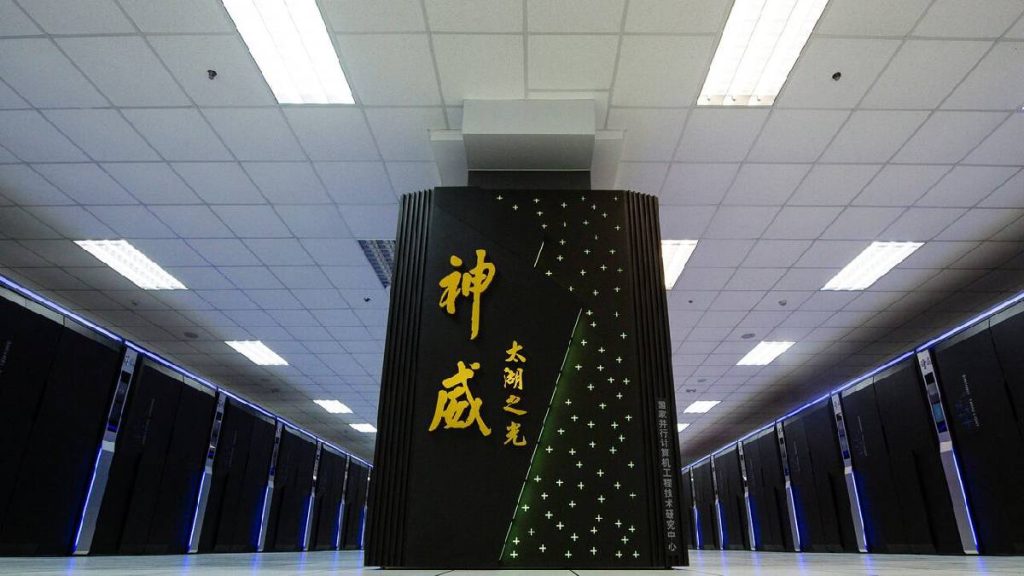China’s unveiling of the domestically developed supercomputing system, “Tianhe Xingyi,” marks a significant advancement in the country’s pursuit of high-performance computing capabilities. The National Supercomputing Center in Guangzhou introduced the system at an industry event in Guangdong Province, highlighting its superiority over the renowned Tianhe-2.
While specific details on Tianhe Xingyi’s computing power were not disclosed by state news agency Xinhua, the center’s director, Lu Yutong, emphasized the system’s domestic architecture. According to Yutong, Tianhe Xingyi outperforms Tianhe-2 across various crucial metrics, including CPU computing power, networking, storage, and applications. This achievement positions China at the forefront of supercomputing technology, showcasing its ability to develop and deploy cutting-edge computing solutions independently.
Tianhe-2, developed by the National University of Defense Technology (NUDT) and hosted at the National Supercomputing Center in Guangzhou, was a global leader, holding the top spot on the list of the world’s fastest systems for three consecutive years from 2013. However, its ranking declined after 2016 when the U.S. government restricted NUDT’s access to Intel processors, a crucial component in its supercomputers.
China’s commitment to advancing supercomputing capabilities is evident in other prominent systems, including Sunway TaihuLight, developed by the National Supercomputing Center in Wuxi. As of the June 2023 list, Sunway TaihuLight ranked seventh, and Tianhe-2 secured the tenth position. These achievements underscore China’s continued efforts to push the boundaries of high-performance computing, contributing to scientific research, technological innovation, and national competitiveness in the global arena.
